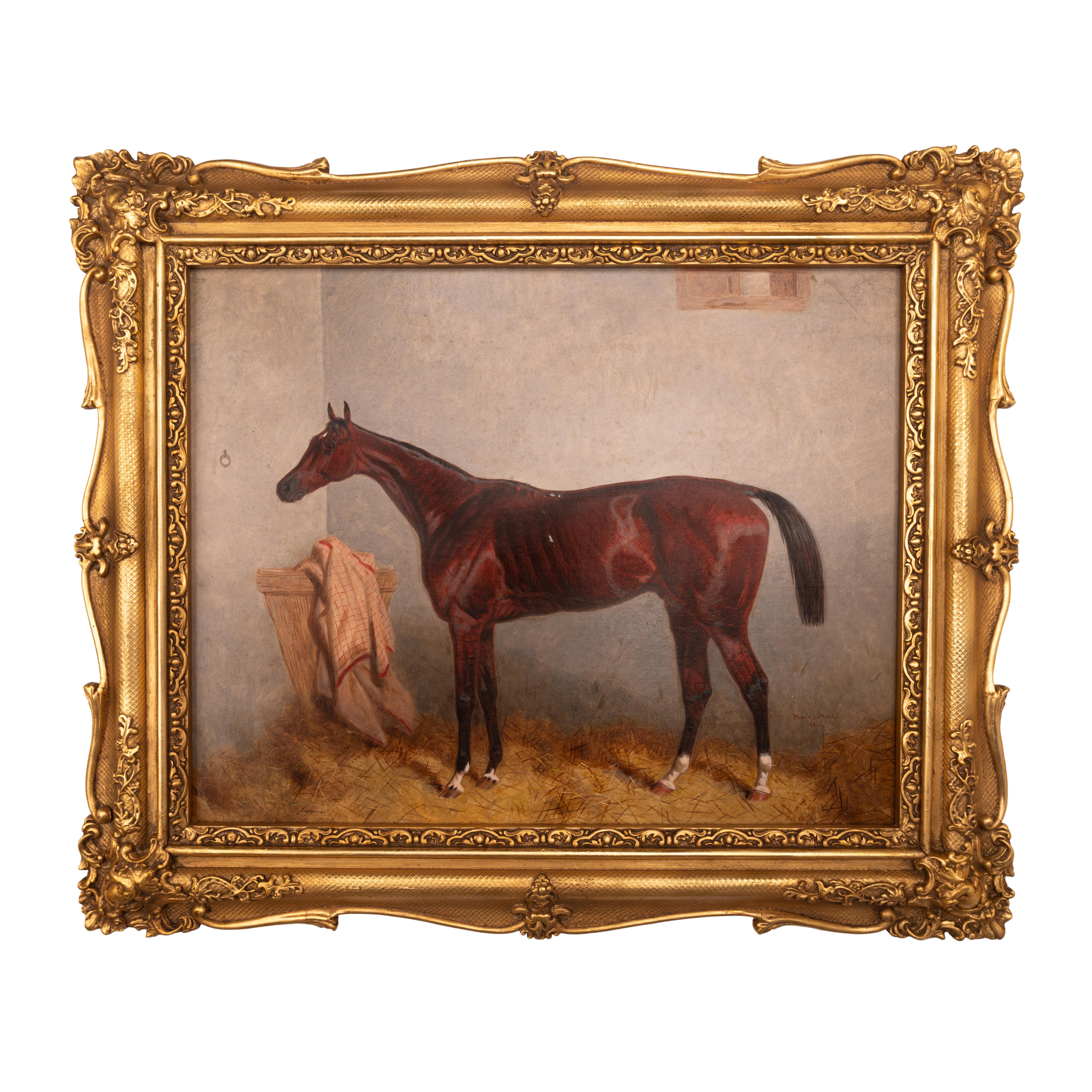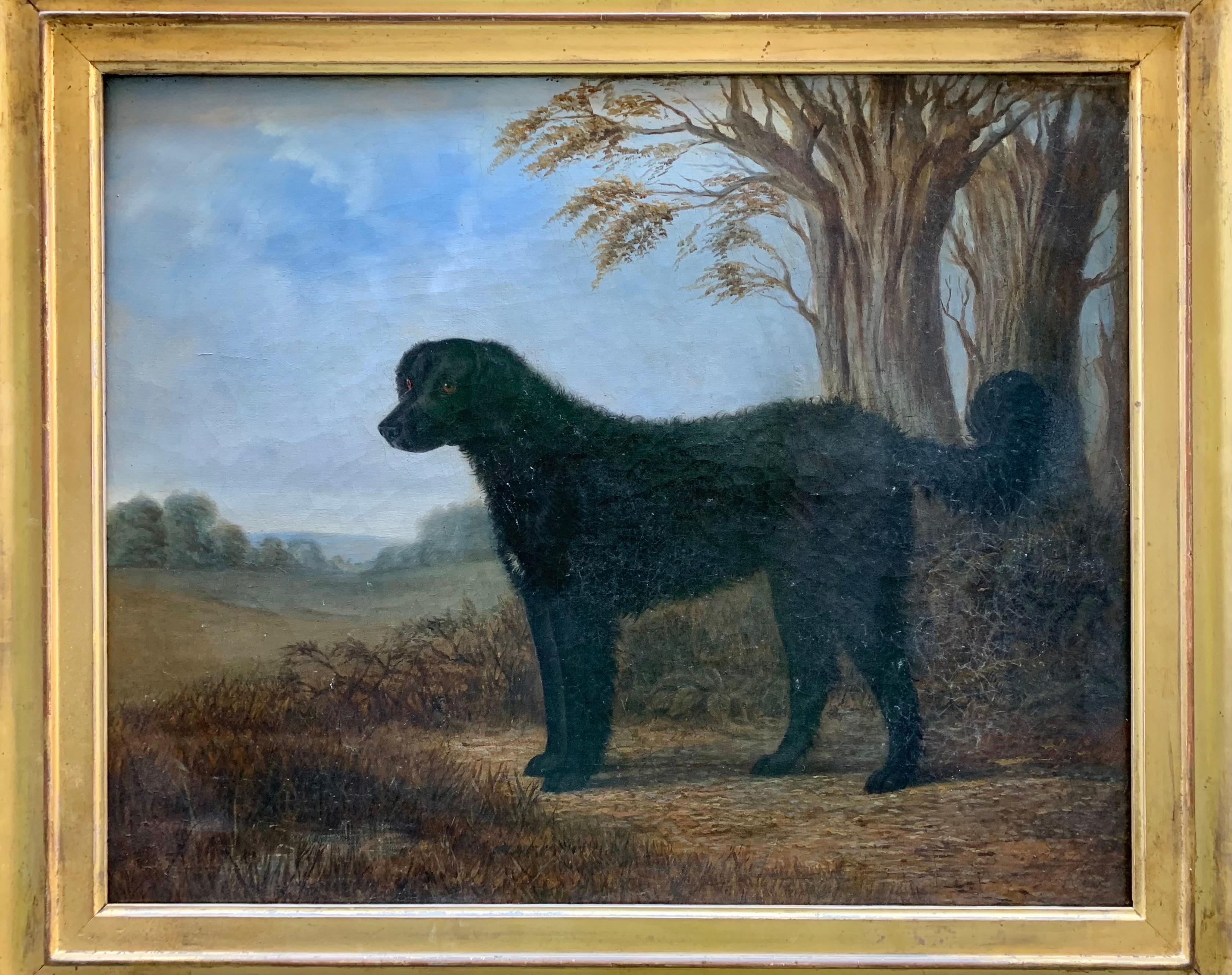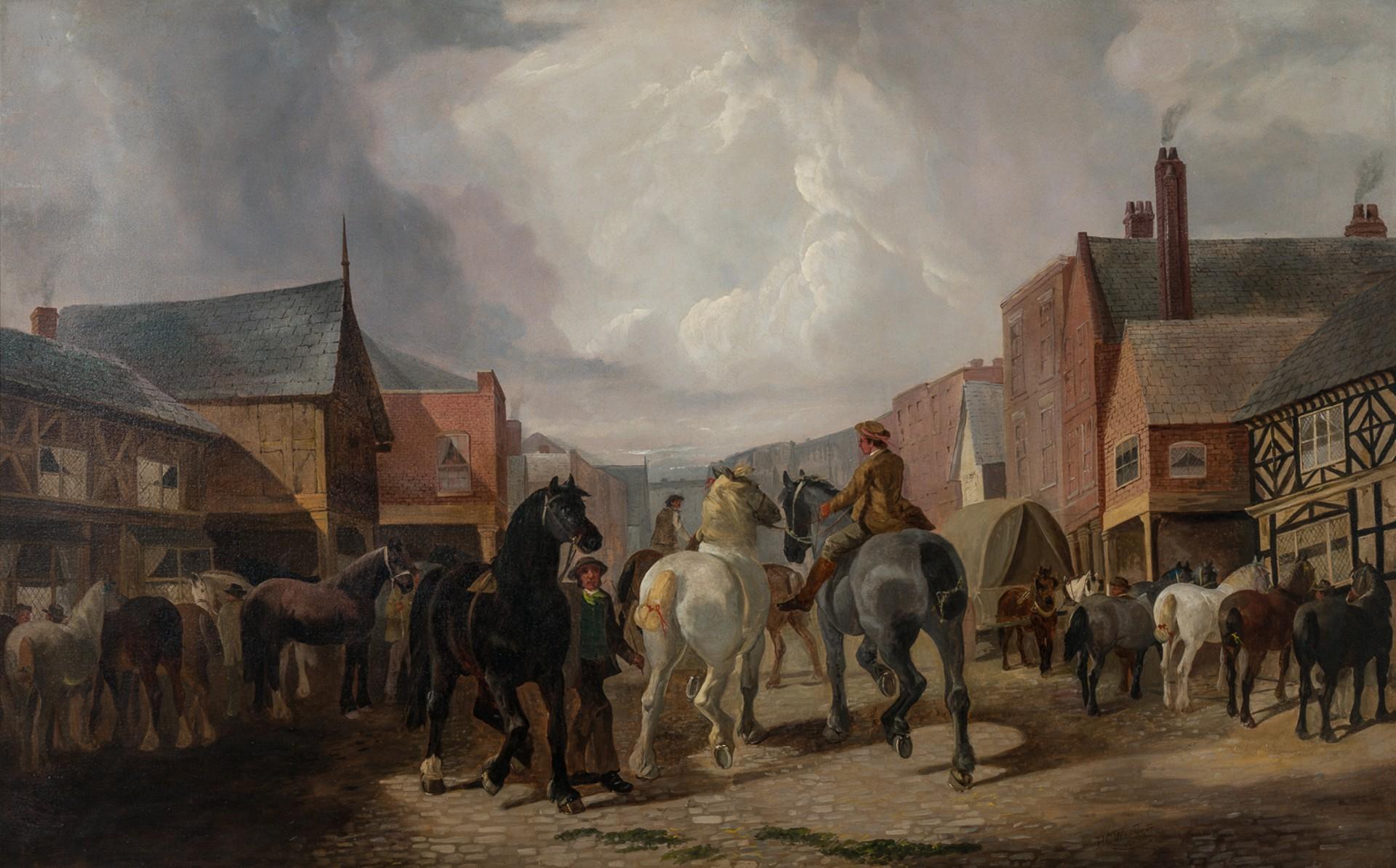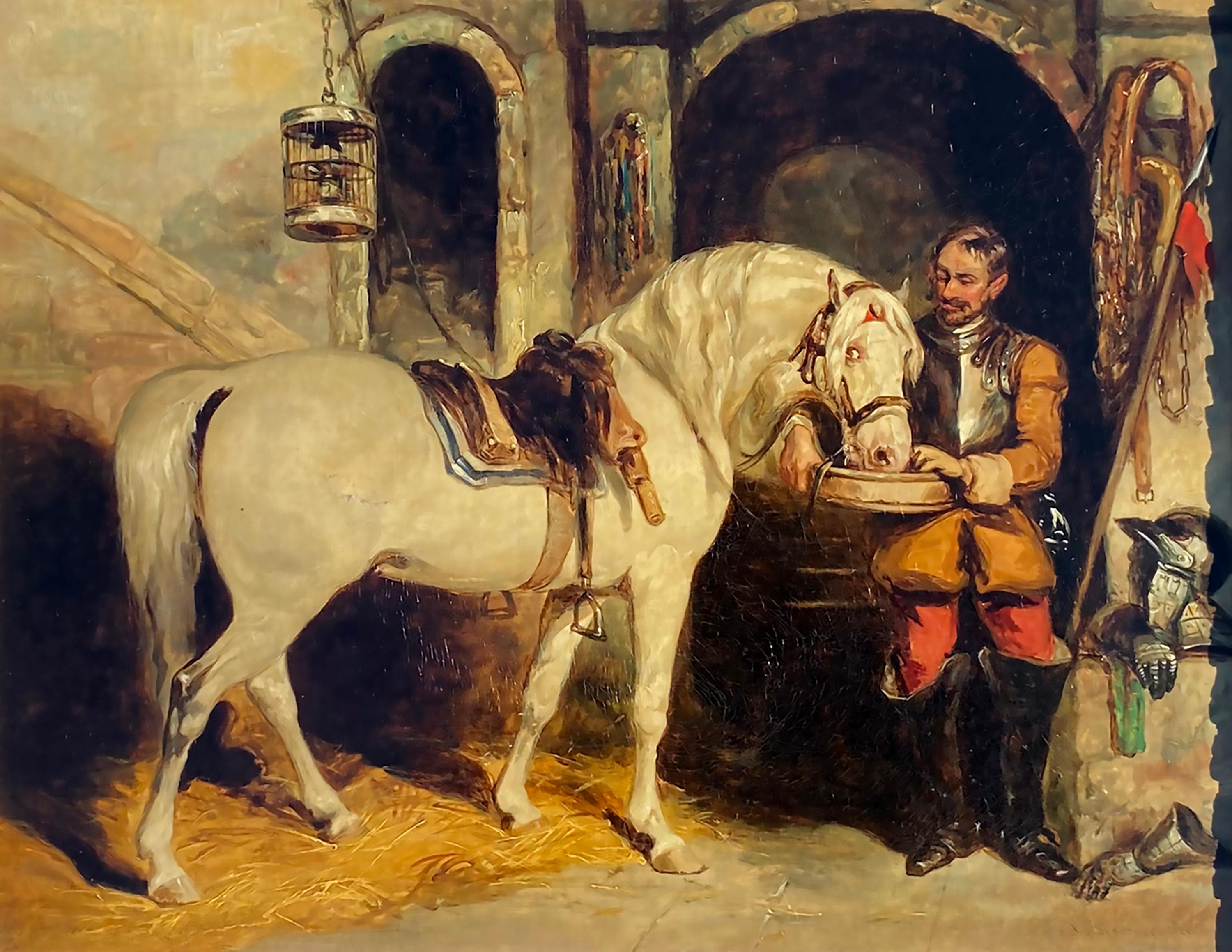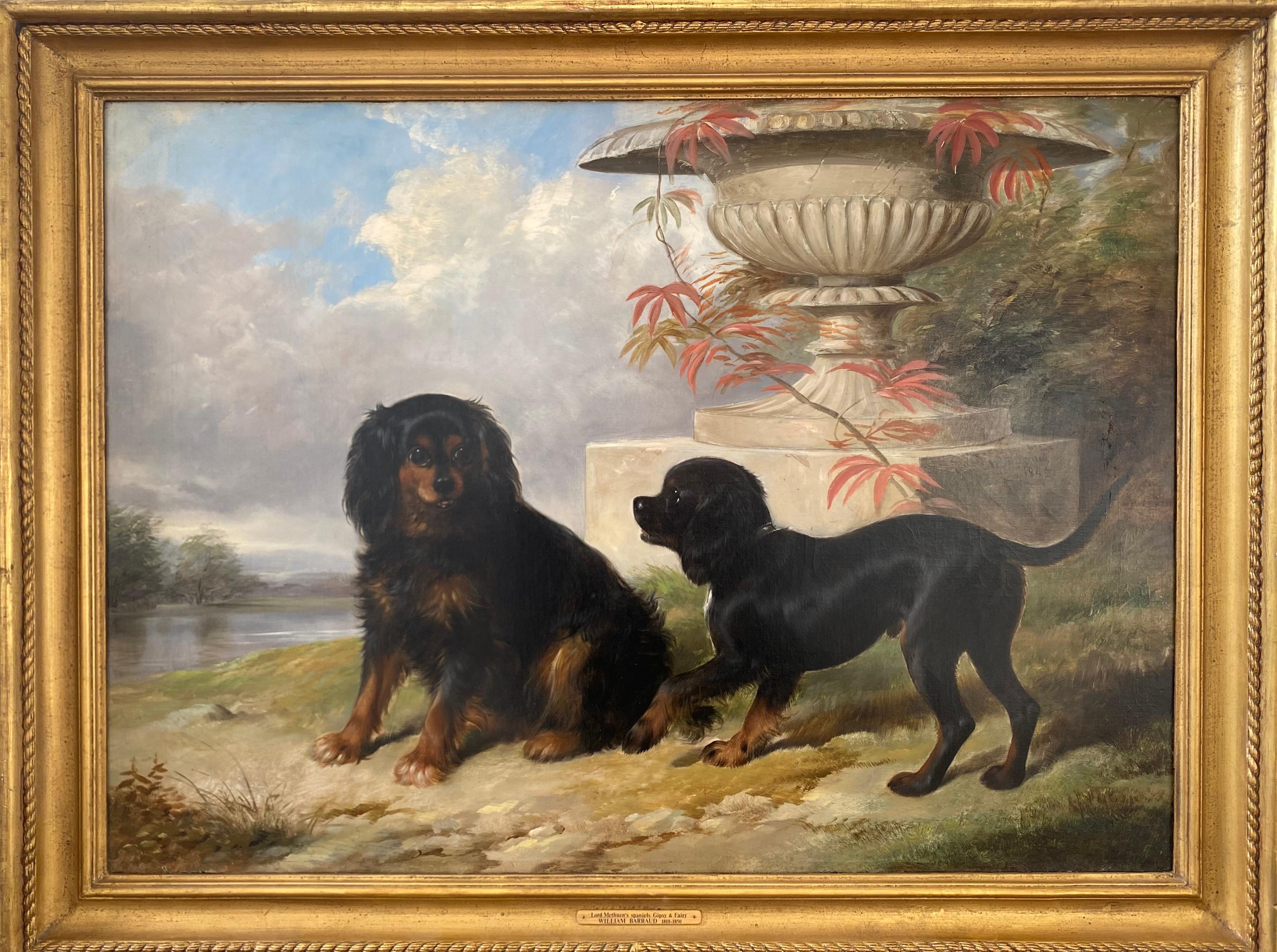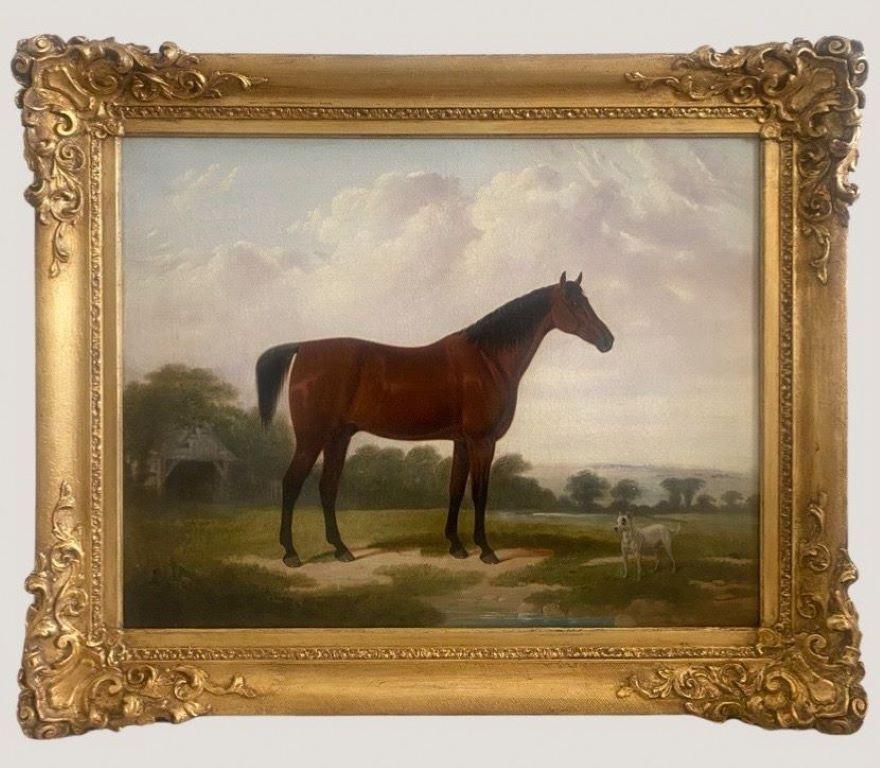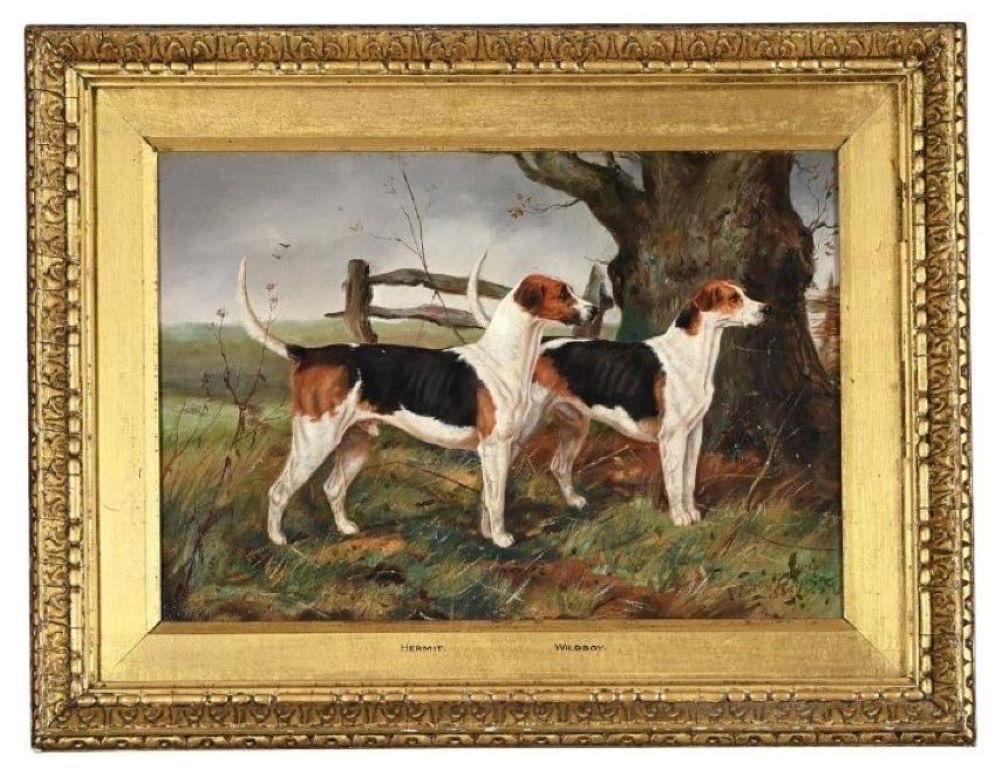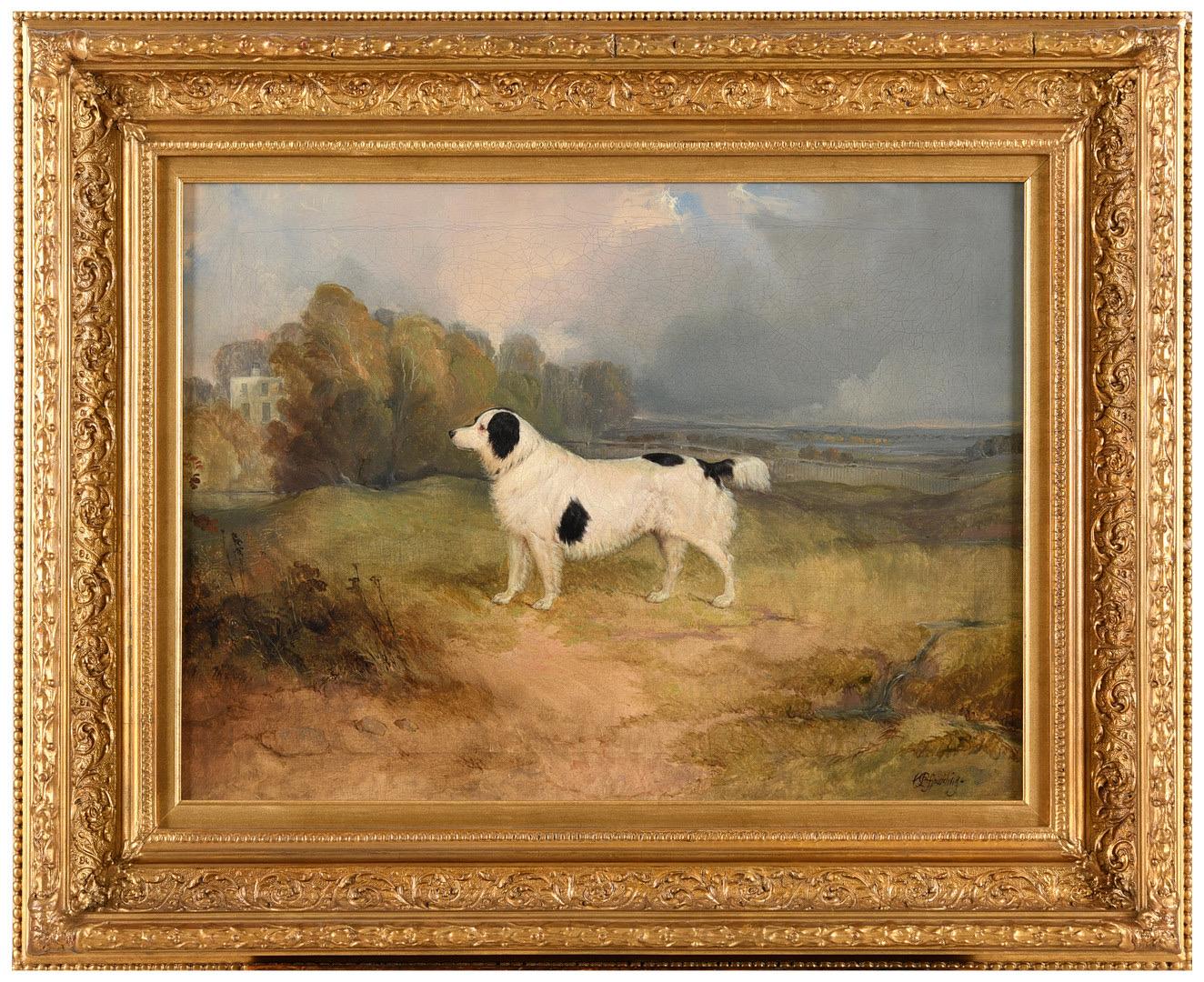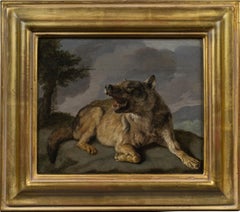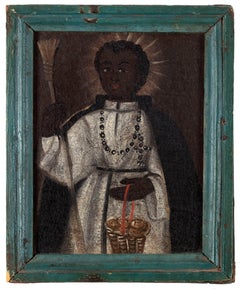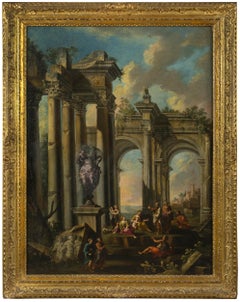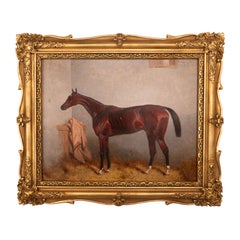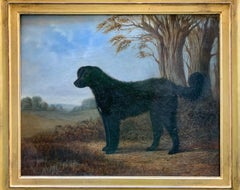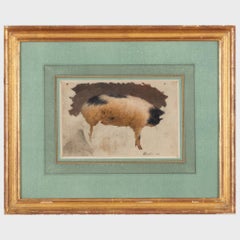
Study of a Pig
View Similar Items
Want more images or videos?
Request additional images or videos from the seller
1 of 3
Sir Edwin LandseerStudy of a Pig1834
1834
$5,750List Price
About the Item
- Creator:Sir Edwin Landseer (1802 - 1873, British)
- Creation Year:1834
- Dimensions:Height: 6 in (15.24 cm)Width: 8.38 in (21.29 cm)
- Medium:
- Movement & Style:
- Period:
- Condition:
- Gallery Location:New York, NY
- Reference Number:1stDibs: LU10211800732
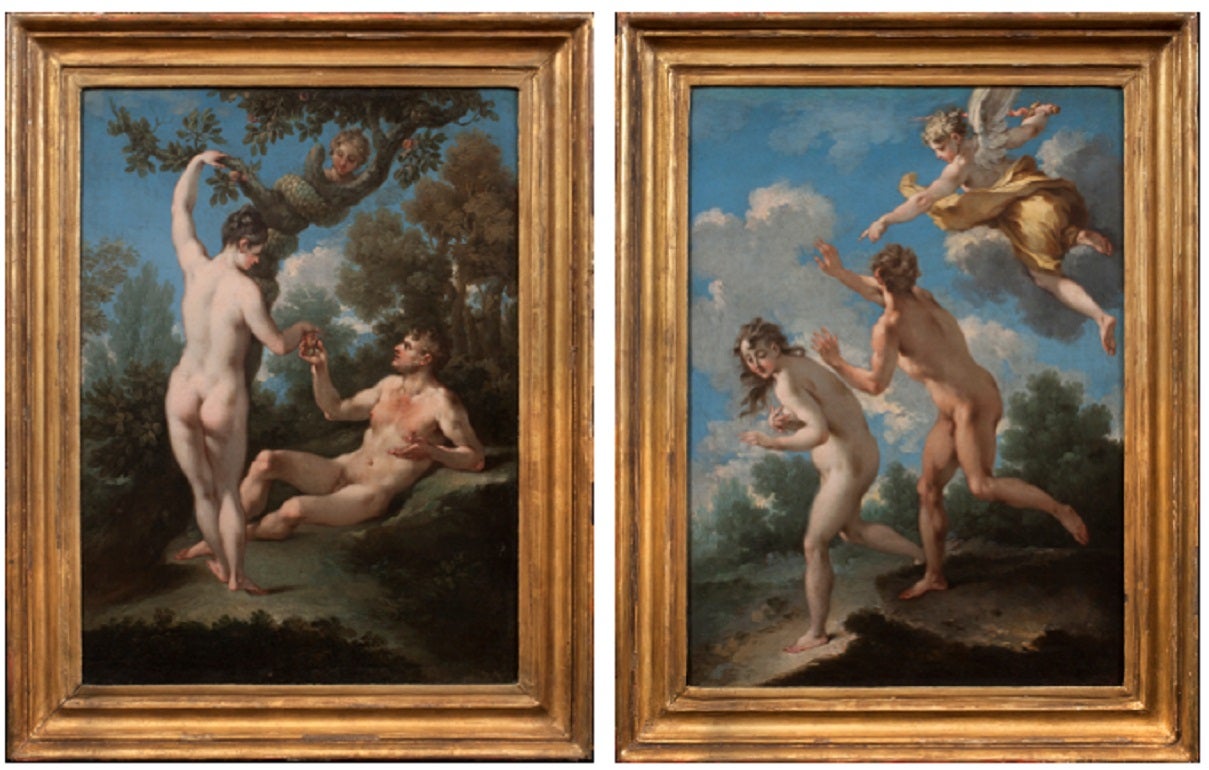
About the Seller
5.0
Recognized Seller
These prestigious sellers are industry leaders and represent the highest echelon for item quality and design.
Established in 1997
1stDibs seller since 2012
22 sales on 1stDibs
Typical response time: 5 hours
Authenticity Guarantee
In the unlikely event there’s an issue with an item’s authenticity, contact us within 1 year for a full refund. DetailsMoney-Back Guarantee
If your item is not as described, is damaged in transit, or does not arrive, contact us within 7 days for a full refund. Details24-Hour Cancellation
You have a 24-hour grace period in which to reconsider your purchase, with no questions asked.Vetted Professional Sellers
Our world-class sellers must adhere to strict standards for service and quality, maintaining the integrity of our listings.Price-Match Guarantee
If you find that a seller listed the same item for a lower price elsewhere, we’ll match it.Trusted Global Delivery
Our best-in-class carrier network provides specialized shipping options worldwide, including custom delivery.More From This Seller
View AllA Wolf
Located in New York, NY
Provenance:
The Marchesi Strozzi, Palazzo Strozzi, Florence
Sale, Christie’s, London, May 20, 1993, lot 315, as by Carl Borromaus Andreas Ruthart...
Category
17th Century Old Masters Animal Paintings
Materials
Canvas, Paper, Oil
Saint Martin de Porres
Located in New York, NY
Provenance: Private Collection, New York, until 2022.
Martín de Porres was born in Lima in 1579, the illegitimate son of a Spanish-American father, J...
Category
Late 18th Century Paintings
Materials
Canvas, Oil
Head of a Classical Poet (Socrates?)
By Pier Francesco Mola
Located in New York, NY
Provenance:
Possibly Antonio Amici Moretti, Rome, 1690
Roy Clyde Gardner, Union, Mississippi, 1970s until 2004; by whom given to:
Mississippi Band of Choctaw Indians, 2004-2010
Lit...
Category
17th Century Baroque Paintings
Materials
Canvas, Oil
An Architectural Capriccio with the Preaching of an Apostle
By Giovanni Paolo Panini
Located in New York, NY
Provenance: Santambrogio Antichità, Milan; sold, 2007 to:
Filippo Pernisa, Milan; by whom sold, 2010, to:
Private Collection, Melide, Switzerland
De Primi Fine Art, Lugano, Switzerland; from whom acquired, 2011 by:
Private Collection, Connecticut (2011-present)
Literature: Ferdinando Arisi, “Ancora sui dipinti giovanili del Panini,” Strenna Piacentina (Piacenza, 2009): pp. 48, 57, 65, fig. 31, as by Panini
Ferdinando Arisi, “Panini o Ghisolfi o Carlieri? A proposito dei dipinti giovanili,” Strenna Piacentina, (Piacenza, 2010), pp. 100, 105, 116, fig. 101, as an early work by Panini, a variant of Panini’s painting in the Museo Cristiano, Esztergom, Hungary.
This architectural capriccio is one of the earliest paintings by Giovanni Paolo Panini, the preeminent painter of vedute and capricci in 18th-century Rome. The attribution to Panini has been endorsed by Ferdinando Arisi, and a recent cleaning of the painting revealed the artist’s signature in the lower right. Like many of his fellow painters working in Rome during his day, Panini was not a native of the Eternal City. He first trained as a painter and stage designer in his hometown of Piacenza and moved to Rome at the age of 20 in November 1711 to study figure painting. Panini joined the workshop of Benedetto Luti (1666-1724) and from 1712 was living on the Piazza Farnese. Panini, like many before and after him, was spellbound by Rome and its classical past. He remained in the city for the rest of his career, specializing in depicting Rome’s most important monuments, as well as creating picturesque scenes like this one that evoked the city’s ancient splendor.
The 18th century art historian Lione Pascoli, who likely knew Panini personally, records in his 1730 biography of the artist that when Panini came to Rome, he was already “an excellent master and a distinguished painter of perspective, landscape, and architecture.” Panini’s earliest works from this period still show the evidence of his artistic formation in Piacenza, especially the influence of the view painter Giovanni Ghisolfi (1623-1683). However, they were also clearly shaped by his contact in Rome with the architectural capricci of Alberto Carlieri...
Category
18th Century Old Masters Figurative Paintings
Materials
Canvas, Oil
Portrait of Laura Keppel, later Lady Southampton
By Sir John Hoppner
Located in New York, NY
Inscribed, upper left: “Miss Laura Keppel”
Provenance: Commissioned from the artist and by descent in the Keppel family estate, Lexham Hall, Norfolk, to:
Major Bertram William Arnol...
Category
18th Century Paintings
Materials
Canvas, Oil
Madonna and Child with Angels in the Clouds
Located in New York, NY
Provenance: Charles H. and Virginia Baldwin, Claremont, Colorado Springs, Colorado ca. 1907-1934; thence by descent until sold in 1949 to:
Charles Blevins Davis, Claremont (renamed Trianon), Colorado Springs 1949 -until gifted in 1952 to:
The Poor Sisters of Saint Francis, Trianon, Colorado Springs, 1952 until acquired, 1960, by:
John W. Metzger, Trianon, renamed as the Trianon School of Fine Arts, Colorado Springs, 1960-1967; when transferred to:
The Metzger Family Foundation, Trianon Art Museum, Denver, 1967 - 2004; thence by descent in the Metzger Family until 2015
Exhibited: Trianon Art Museum, Denver (until 2004)
The present work is a spectacular jewel-like canvas by Amigoni, rich in delicate pastel colors, most likely a modello for an altarpiece either lost or never painted. In it the Madonna stands firmly upon a cloud in the heavens, her Child resting on a delicate veil further supported by a cloud, as he gently wraps his arm around his mother’s neck. From above angels prepare to lower flowers and a wreath, while other angels and seraphim surrounding the two joyfully cavort.
Dr. Annalisa Scarpa, author of the forthcoming monograph on Jacopo Amigoni...
Category
18th Century and Earlier Figurative Paintings
Materials
Canvas, Oil
You May Also Like
'Spaniel and Sleeping Cat' , Unknown, Oil on Canvas Painting, 19th c.
Located in Oklahoma City, OK
This classic English school 12 x 16 in. Oil on Canvas framed painting features a pet Spaniel and cat resting on a desk in a home study environment. The dog is seated, its body facing the right side of the painting while its head is facing the viewer at the picture plane. The Spaniel has a long haired black and white patterned coat. Its long ears are black and curly and face is mostly black with an area of white fur on its head and a strip of the white down the nose and into the chin. The stomach and legs/paws are mainly white, while his back and tail are both black, although its full body is not visible. The domestic cat is depicted sleeping to the right of the dog, both positioned on a green desk. The cat is sleeping horizontally with the composition, its head on the left and its curled up body and tail on the right. The cat has mainly grey fur with patches of white on its nose, neck and the one leg and one paw that is visible to the viewer.
The edge of the green desk, closest to the picture plane, meets with the bottom edge of the work and the left edge of the green table is only partially visible as the further half is cut off by the left side of the canvas. The desk is an olive green color and takes up the foreground of the piece. On the desk next to the cat is just a small corner of a singular document that reads "Young America" and then below that a couple of flourishes/ ornamental lines and the date, "1872." Behind the document, on the desk, are five standing books and two stacked books. The books appear to be up against the back wall that is depicted in the work, next to a hung landscape painting. The largest standing book's title is "Natural History," a greenish/blue hardback book with a maroon red strip where the title and author's name is on the book's spine. A smaller book standing on the right of "Natural History" is a copy of "Robinson Crusoe," a darker green hardback with a strip of silver for title and author upon the spine. To the left of "Natural History" is an untitled book and to the left is a copy of "Arabian Nights," a tan hardback with red/orange at the title and author's name. To the left of "Arabian Nights" is another untitled book. The two books laid on the desk, on the right side of the standing books, are both tan/light brown books...
Category
Late 19th Century English School Animal Paintings
Materials
Oil, Canvas
19th C. Barnyard Interior Scene
Located in San Francisco, CA
Charming 19th C. barnyard interior scene with your typical barn animals including horses, a goat, and a few hens. Signed lower right with monogram and dat...
Category
19th Century English School Animal Paintings
Materials
Canvas, Oil
Antique Oil Painting Race Horse "Lord Lyon" Triple Crown Winner Harry Hall 1866
Located in Portland, OR
An important oil on canvas painting by the celebrated equestrian artist, Harry Hall (1814-1882), of the racehorse "Lord Lyon", 1866.
Hall was the most important equestrian artist of ...
Category
1860s English School Animal Paintings
Materials
Canvas, Oil
Portrait of the Long-Haired Black Labrador, 19th Century, English School
By John Ferneley Senior
Located in Firenze, IT
Portrait of the Long-Haired Black Labrador, 19th Century, English School
This distinguished portrait of a long-haired black Labrador is attributed to the circle of John Ferneley (18...
Category
19th Century English School Animal Paintings
Materials
Canvas, Oil
$1,900 Sale Price
36% Off
At the Blacksmith's Shop
Located in Lexington, KY
Provenance: Private Collection
Cross Gate Gallery / Fasig-Tipton Auction, Saratoga Springs, New York, August 8, 1997, lot 27.
William and Bernadette...
Category
19th Century English School Animal Paintings
Materials
Canvas, Oil
$15,000
The Chester Horse Fair
By Henry Charles Woollett
Located in Lexington, KY
Fairs have played a central role in the city of Chester for nearly a millennium and can be traced back to 1092, when Earl Hugh I granted Chester Abbey all the tolls, rents, and issue...
Category
Mid-19th Century English School Animal Paintings
Materials
Canvas, Oil
Recently Viewed
View AllMore Ways To Browse
Pig Oil Painting
Antique Pig Painting
Sir Edwin Landseer
Antique Pig Oiler
19th Century Still Life
Mid Century Modern Oil Paintings
French Impressionists Oil On Canvas
1930s New York
Painting By Joseph
New Orleans Art
Charles Gray
19th Century American Artists
Oil Paintings On Wood Panel
Coastal Paintings
Oil Painting By Power
San Francisco Landscape Art
Large Original Oil Painting
The Louvre
